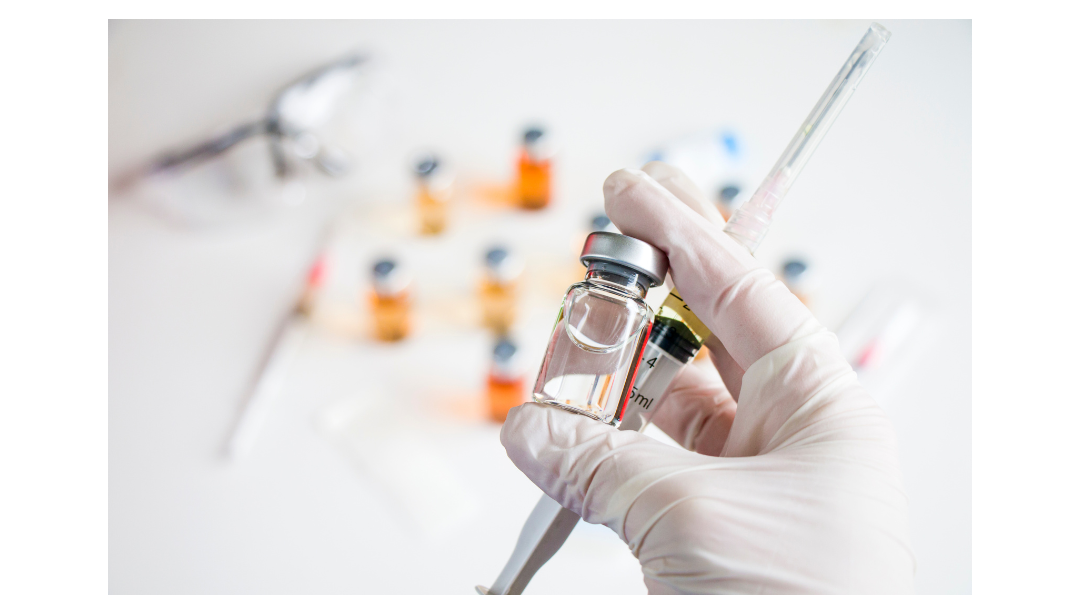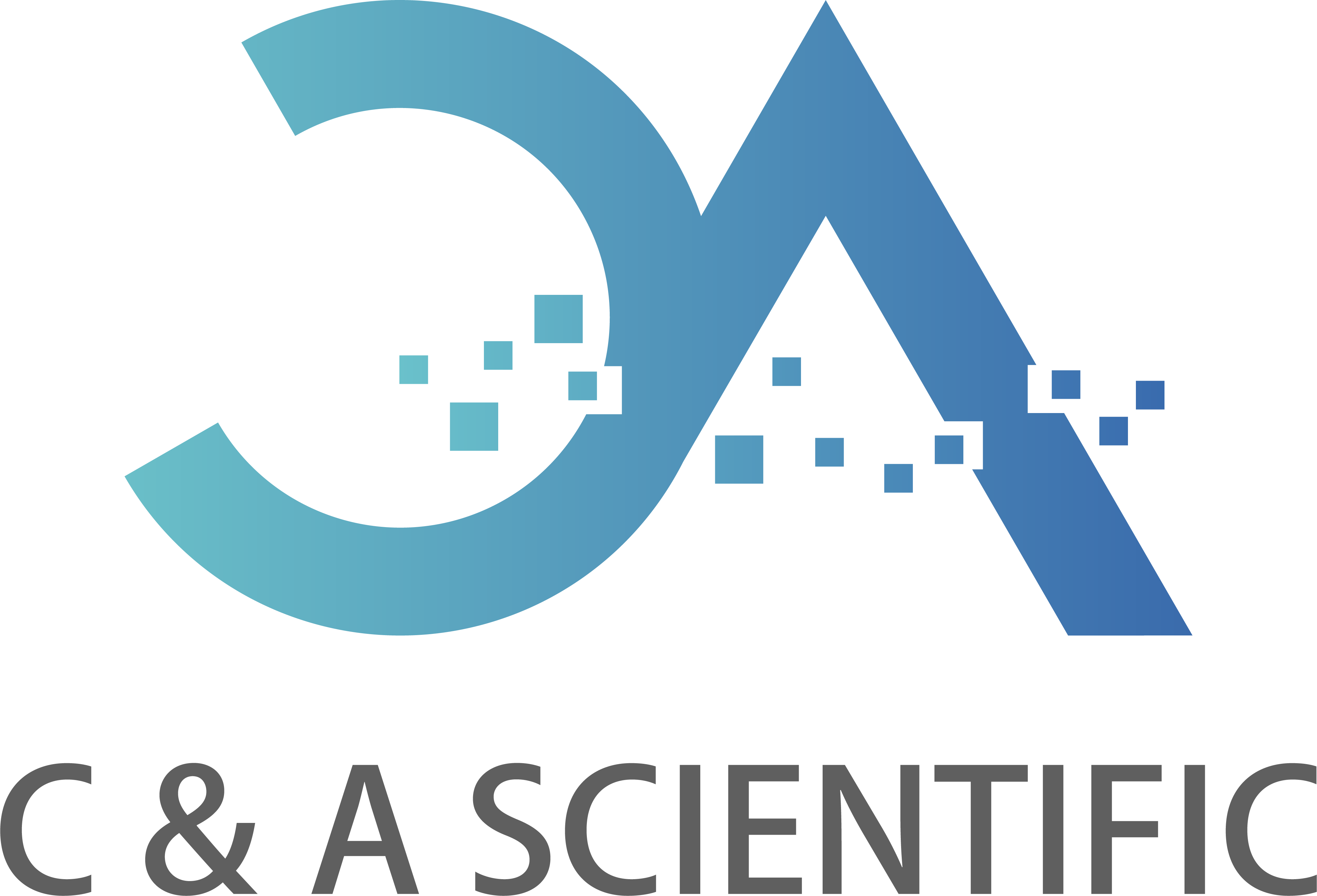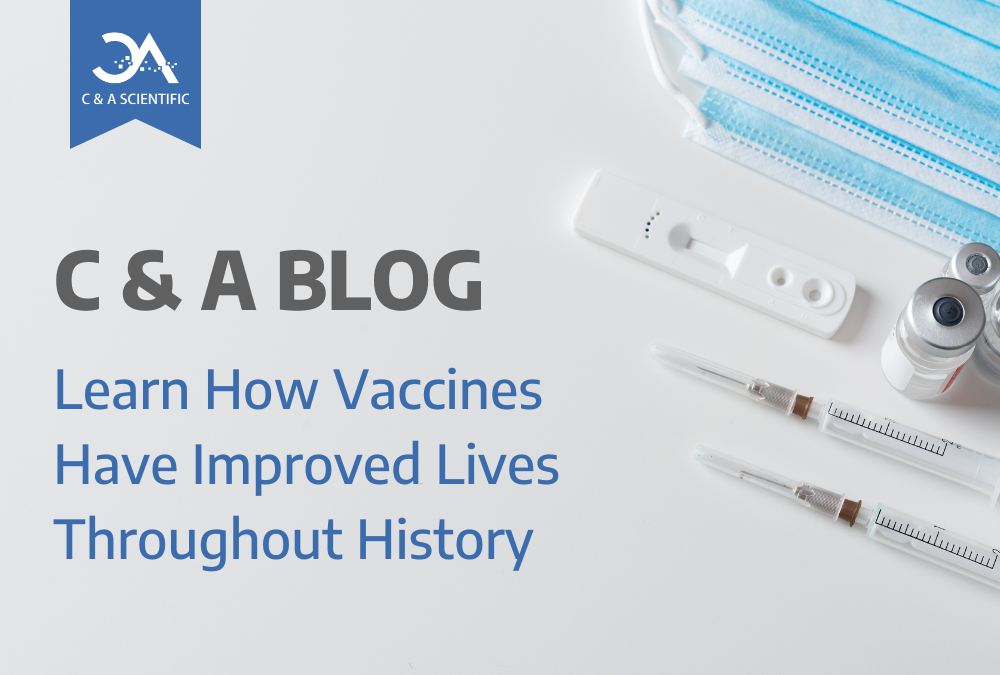
The First Vaccine
In 1776, Edward Jenner created the first vaccine for the deadly and contagious virus, smallpox. Although he was not the first scientist to come up with the concepts of immunology or vaccines, he is known for being the first to back up the ideas with data.
Jenner discovered that those infected with cowpox had immunity to smallpox. He ran his first study by inserting a cowpox-infected blister into a patient’s arm.
What Is Cowpox?
Cowpox is a viral skin disease rarely seen today. Before the late 1700s, milkmaids contracted cowpox from udders of infected cows simply through touch.
The cowpox disease had similar symptoms to smallpox, such as fever and vomiting, but it was not as deadly. Those who had cowpox, the milder form, did not contract smallpox.
What Is Smallpox?
Smallpox was an incurable infectious disease that resulted in scarring or death.
Symptoms of smallpox included:
- Flu-Like Symptoms
- Fever
- Vomiting
- Mouth sores
- Blindness (one in three infected)
- Rash of fluid-filled blisters that covered the entire body

The mortality rate for smallpox was high, with 20-30% of adults dying from the virus and 80-98% of infants. Often, smallpox survivors had life-long effects such as deep scarring from their blisters.
At the time, there was no known treatment for the smallpox virus, but Jenner’s vaccine prevented people from contracting the virus. The mortality rate in the 18th century decreased from 14% before the vaccination to 2% with the immunization.
Impact of the Smallpox Vaccine
People had been trying to prevent illnesses like smallpox for over a thousand years, seen as early as 200 BCE in China. However, all prior preventative practices were considered dangerous.
Before the smallpox vaccine, the disease was responsible for 7.6% of all deaths. Approximately 400,000 Europeans died from smallpox per year. Most of the population became infected with the virus during their lifetime, and 30% died.

Those who wanted the smallpox vaccine could receive it. However, it did not become mandatory until after World War II when the World Health Organization (WHO) implemented the Intensified Smallpox Eradication Program.
After the war, the smallpox virus spiked and became an issue again. WHO decided then that this new program’s goal would be to completely eradicate the virus by working on manufacturing and regulating the vaccine. In 1980, the World Health Assembly stated that the vaccine was no longer necessary as smallpox was an eliminated virus.
According to Our World in Data, the smallpox vaccine has saved around 175 million lives since the 80s.
It is interesting to see how the history of vaccines impacted the flu vaccine.

Flu Vaccine
History of the Flu Vaccine
- 1940s: The U.S. Army got involved in vaccine research because too many soldiers died from the flu.
- Supported by the U.S. Army, Jones Salk, MD and Thomas Francis, Jr., MD developed the first inactivated flu vaccine for influenza A. Salk and Francis used fertilized chicken eggs to produce their vaccine. The flu vaccine we receive today still uses the same process!
- 1942: A vaccine came out that protected people from influenza A and B.
- 1942: The CDC opens in Atlanta.
- 1945: Salk and Francis’s vaccine was approved for citizen use.
- 1948: The World Health Organization (WHO) opens in London with the goals to describe influenza viruses and discover ways to diagnose the illness.

- 1970s: H1N1, also known as the swine flu, causes a pandemic. Over 25% of the population was vaccinated within ten months to protect those who were at risk.
- April 2009: H1N1 returned to the U.S., causing a public health emergency and another pandemic. By October, the vaccine was administered to the public.
- 2010: It was recommended that everyone six months and older receive a flu vaccine each year.
What Is the Flu?
Influenza, commonly referred to as the flu, is a viral infection that is highly contagious and attacks the nose, throat, and lungs. There are three types of influenza in humans: A, B, and C.
Influenza A and B are the most common and known to cause a seasonal epidemic, specifically in the cold months. Flu season can last from October until May, peaking in December and February.
The flu is a highly contagious infection that quickly spreads from person to person.

The flu passes through droplets from talking, coughing, or sneezing within six feet of others. You can also get sick by touching your face after touching an infected object or surface.
If you have the flu, you may experience:
- Chills
- Stuffy or runny nose
- Sore throat
- Tiredness
- Cough
- Body aches
- Fever
Learn more about flu symptoms, prevention, and treatment by checking out C & A Scientific’s “7 Ways to Stay Safe and Healthy This Flu Season” blog post.

Impact of the Flu Vaccine
The flu vaccination helps you:
- Avoid getting sick.
- Reduce the severity of flu symptoms.
- Decrease the chance of hospitalization.
- Protect others.
The flu vaccine is proven to decrease the chance of visiting the doctor for severe symptoms by 40% to 60%. During 2019-2020, around 7.5 million illnesses and 6,000 deaths were prevented by the flu vaccine.
The flu vaccine continues to be administered and saves thousands of lives every year.
COVID-19 Vaccine
The COVID-19 vaccination was made available to a select group in December 2020 to increase herd immunity. Herd immunity is when a large portion of the population is vaccinated or immune to an illness to the point where they protect those who are unvaccinated.

Although it is possible to achieve the threshold required for herd immunity, 50-80% of the population, the vaccine does not cure COVID-19. A patient can still contract and spread the virus even after vaccination.
In August of 2021, the FDA approved the Pfizer vaccine for people sixteen-years-old or older. It wasn’t until December 2022 that the FDA approved the COVID-19 vaccine as suitable for children under six months old.

What Is COVID-19?
COVID-19 is an infectious respiratory disease. Like the flu, COVID-19 is spread through droplets in the air from sneezes and coughs. After exposure, symptoms may appear two to fourteen days later.
Symptoms of COVID-19 include:
- Lost of taste or smell
- Headache
- Fatigue
- Body aches
- Cough
- Difficulty breathing
- Fever or chills
- Runny nose
- Nausea
- Vomiting or diarrhea
Unlike the flu, COVID-19 symptoms can last for weeks or months.

Impact of COVID-19 Vaccine
A study by The Lancet Infectious Diseases showed that in the first year of COVID-19 vaccine administration, the death toll was cut by two-thirds, saving around 20 million lives globally. The effectiveness of the COVID-19 vaccine is constantly changing as new developments arise.
In July 2022, the CDC reported that vaccine effectiveness was raised by about 25% from 61% effectiveness after two doses to 85% after three doses. Around 65% of the world population has received the vaccine, and 70% have received at least one dosage.
Challenges We Still Face With Vaccines
While vaccines have been able to reduce and eliminate illness, there are hurdles we must overcome to combat disease.
First, there are still issues reaching everyone who needs a vaccine. People located in third-world countries are not receiving the same care. Organizations like the Red Cross are working to provide for those who are less fortunate.
Another challenge in more well-developed countries is the fear of needles.
New vaccination administration technology, like needle-free injectors and nasal sprays, helps increase immunization for those who fear needles. Healthcare professionals have been developing alternatives to injections to increase the number of people who receive vaccinations.

Nasal sprays have been utilized extensively for giving children flu immunizations and other routine vaccines. Needle-free injectors come in a few different forms. One needle-free injector comes in a patch form to place over the usual injection site. It then releases chemicals designed to augment the immune response to the injected vaccine.
Another almost needle-free option uses a needle that is as thin as a single strand of hair. These needles, called Fluzone Intradermal, are used to deliver the flu vaccination. The needles are so tiny that they are practically painless.
Global Impact of Vaccines
Vaccinations save millions of people each year from illness and death.
The Giving Compass reports that vaccinations, such as polio and meningitis vaccines, save up to three million children each year. Although vaccinations save millions of children, one in five-19 million- children have not received these life-saving vaccinations.
Vaccine efforts are slowed by:
- Poor infrastructure
- Lack of funds
- Lack of acceptance

While well-developed countries have many resources to educate people and supply the masses with vaccinations, there are still few resources to reach everyone who needs them in time.
Healthcare workers, including some of C & A Scientific’s customers, are actively working on getting less privileged people vaccinated. When the entire world, or a substantial percentage, can get vaccinated, we are more likely to end diseases.
Since 2000, the measles vaccine has saved over 21 million lives. Due to global vaccine outreach, the measles virus is no longer around today. Vaccines do more than keep people from getting sick. They play an essential role in achieving Sustainable Development Goals.
The Sustainable Development Goals are goals the United Nations (UN) set to help our planet and its people thrive.
Vaccines achieve goals such as:
- Solving global hunger
- Improving health and well-being
- Preventing death and disease
C & A Scientific is working to improve the health and minds of people worldwide. Our goal is to create products that will contribute to global safety. Check out our catalogs here to find out how we can assist you or your business today!
C & A Scientific is a dedicated leader in improving the health and minds of people worldwide. We supply over 700 award-winning medical and STEM-inspired products to distributors and retailers looking for sensational customer service. Learn more about us and our story here.

